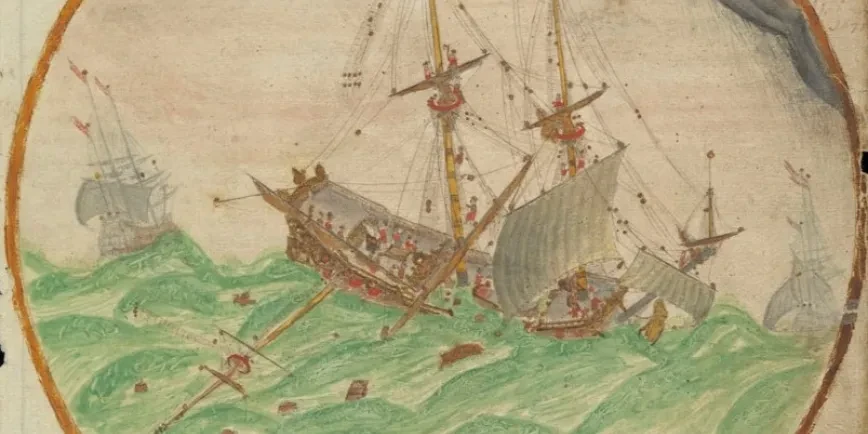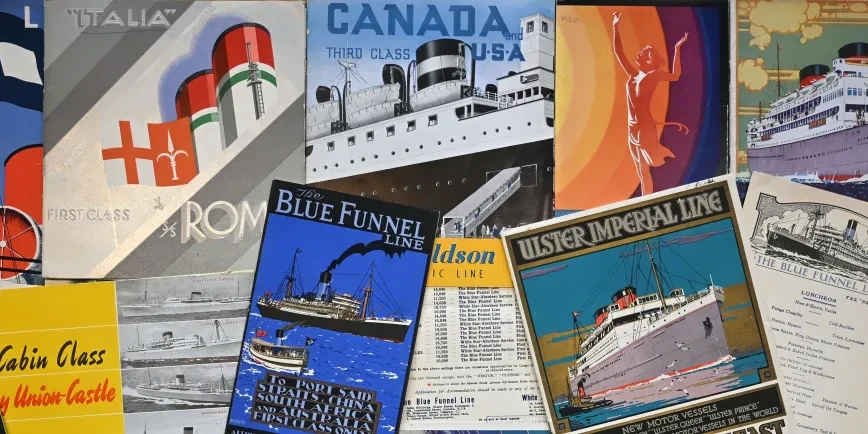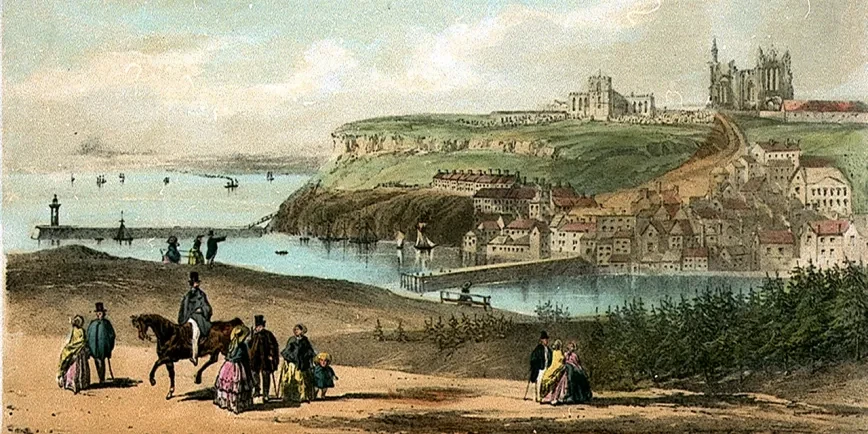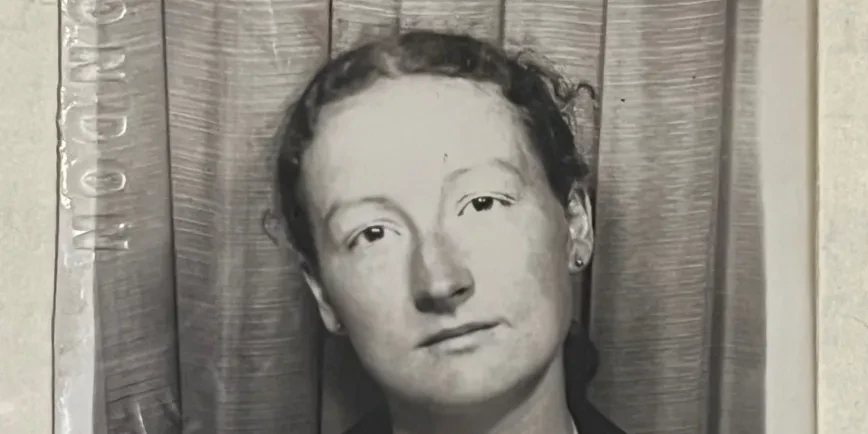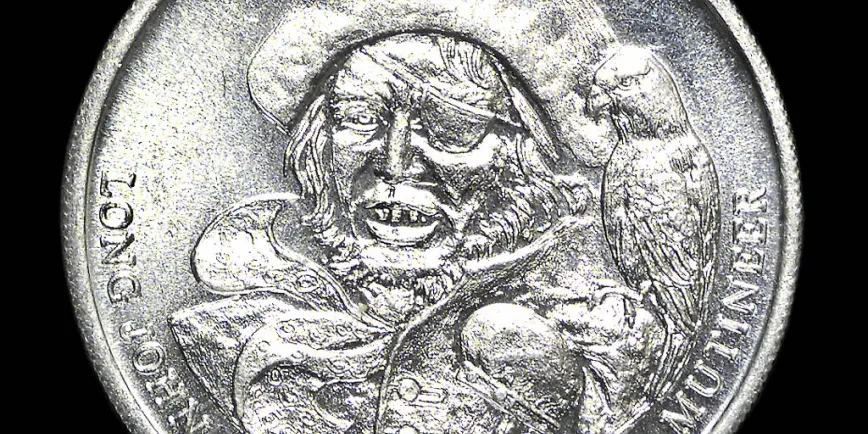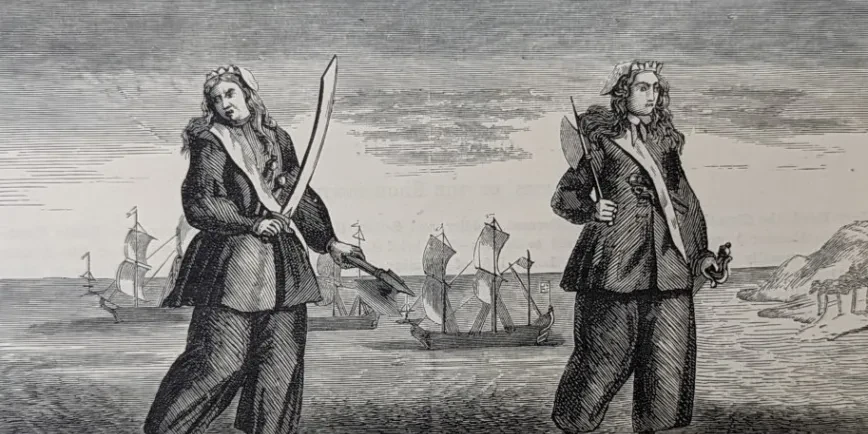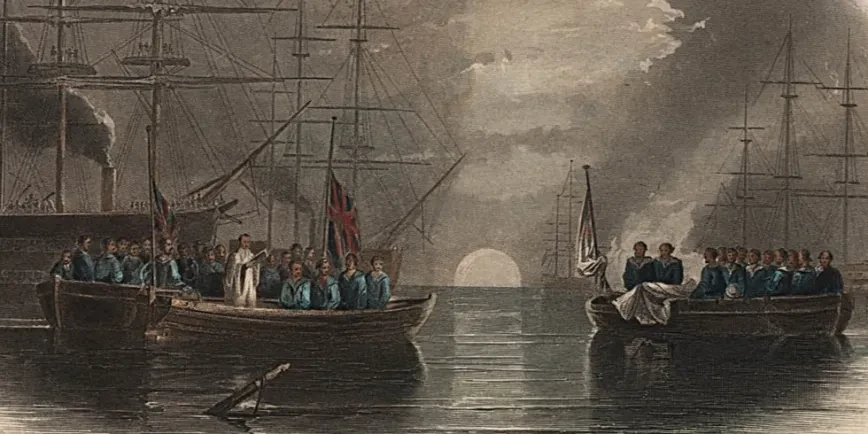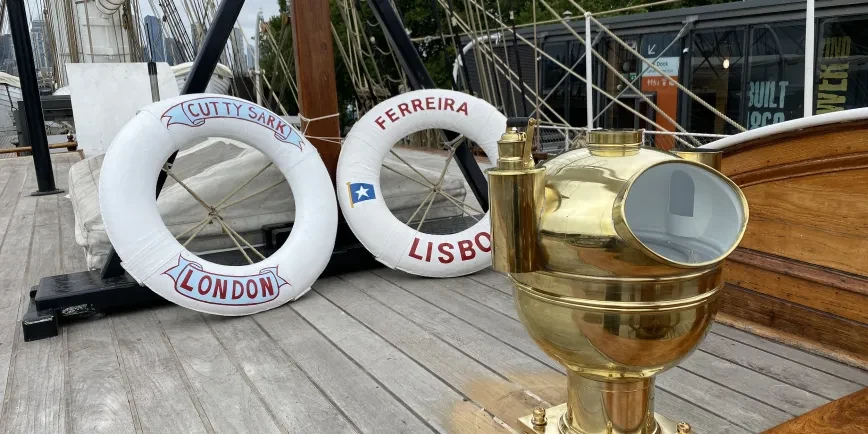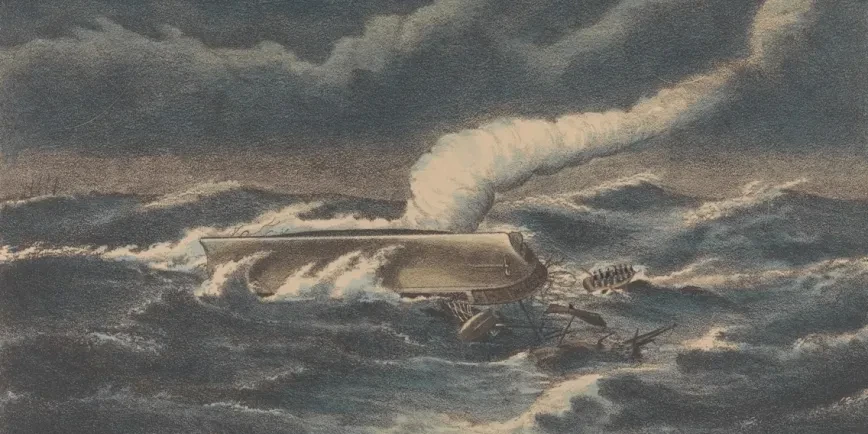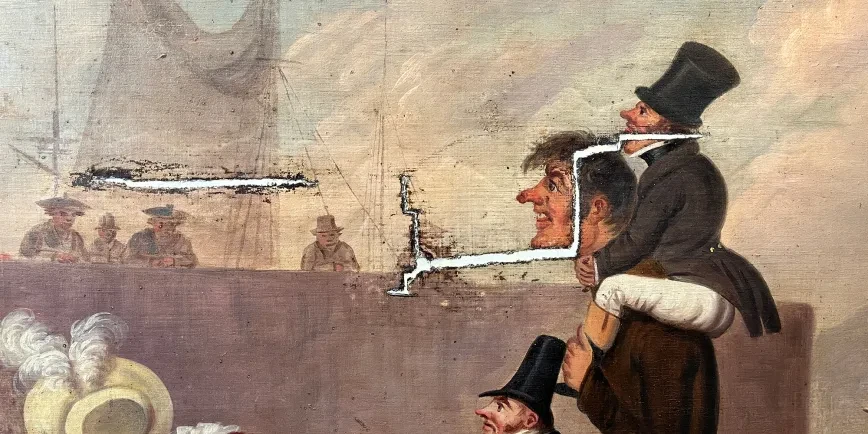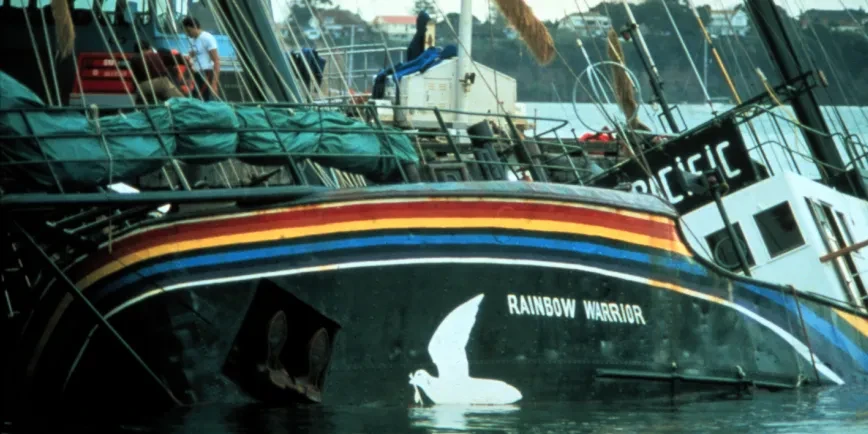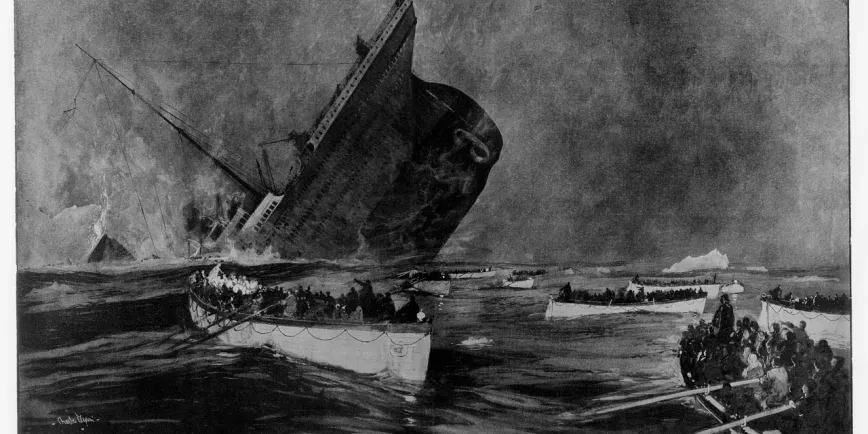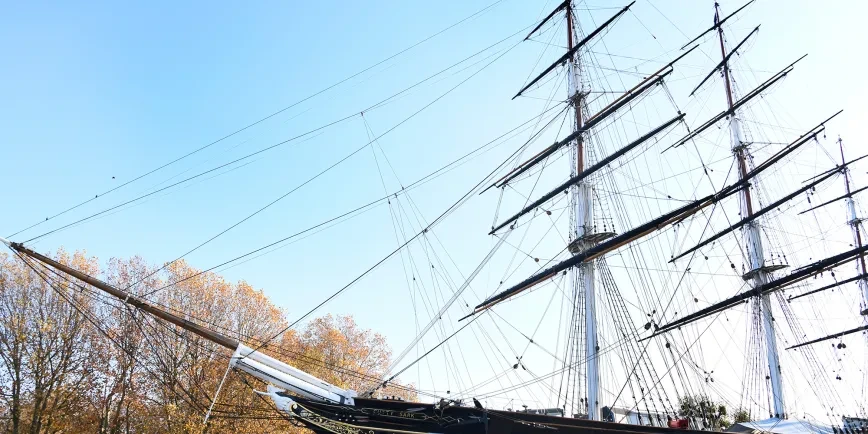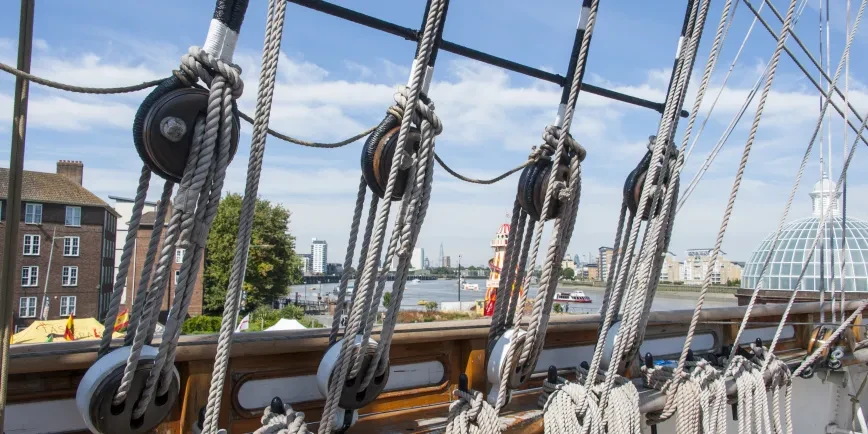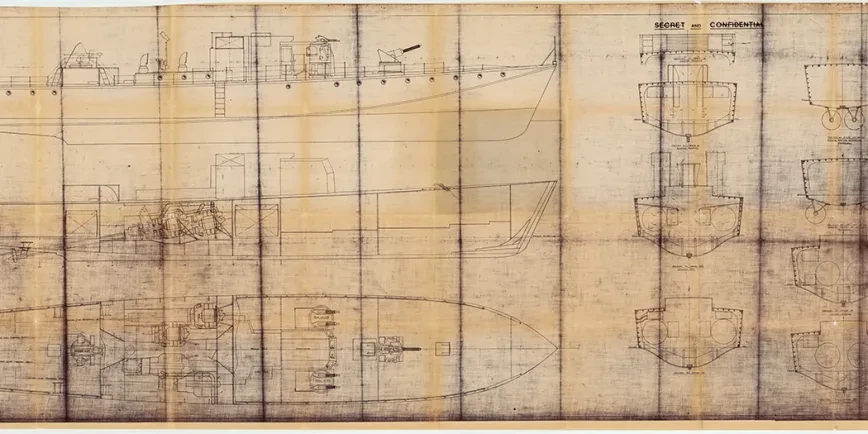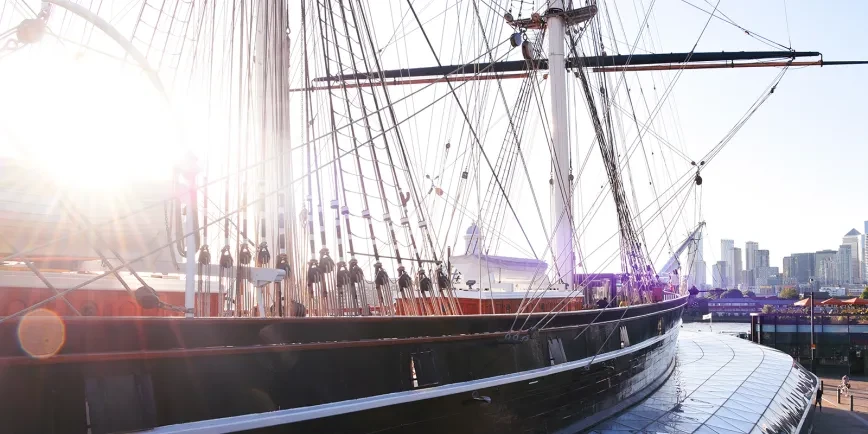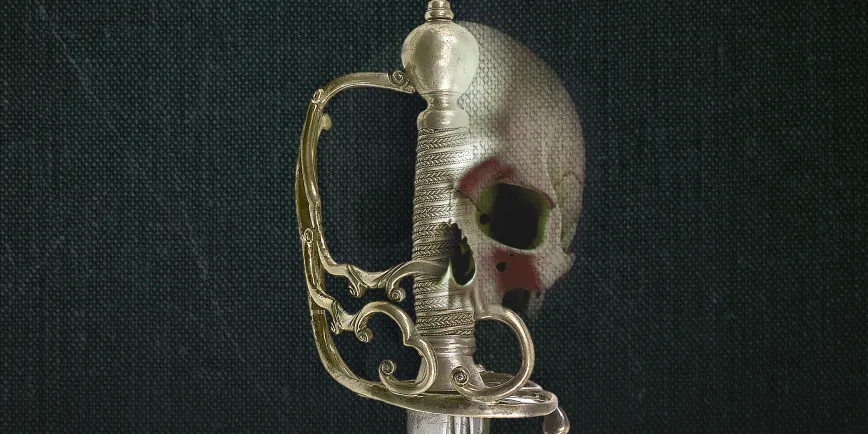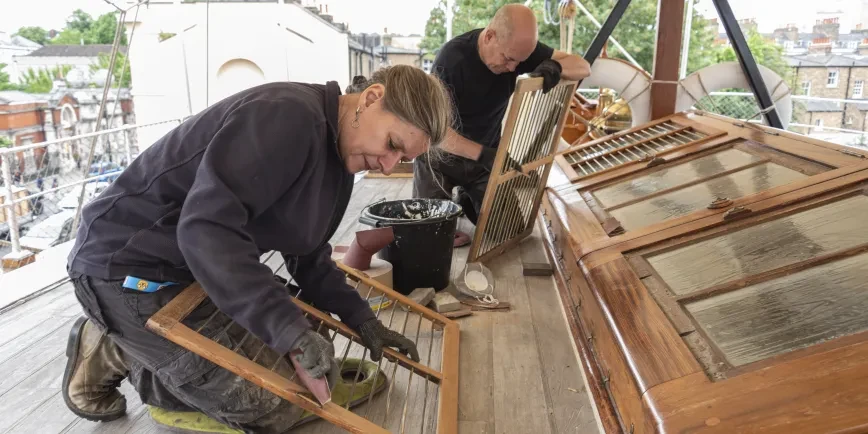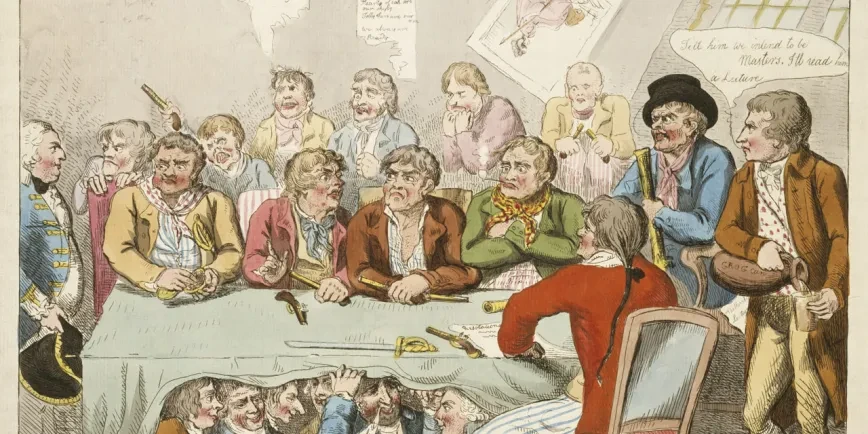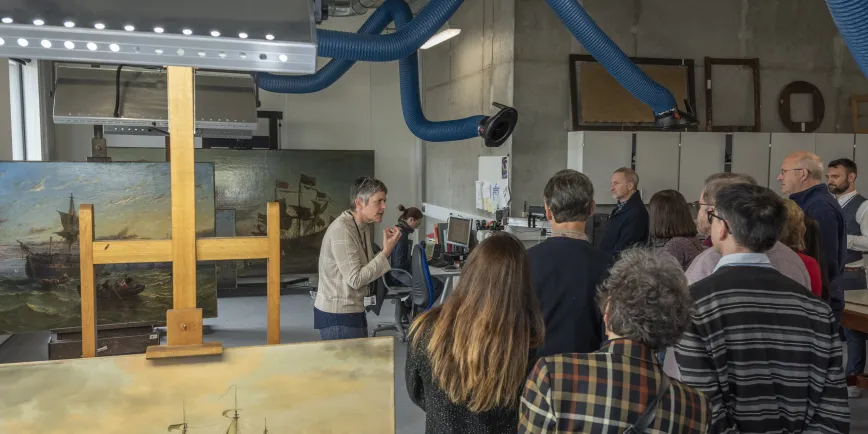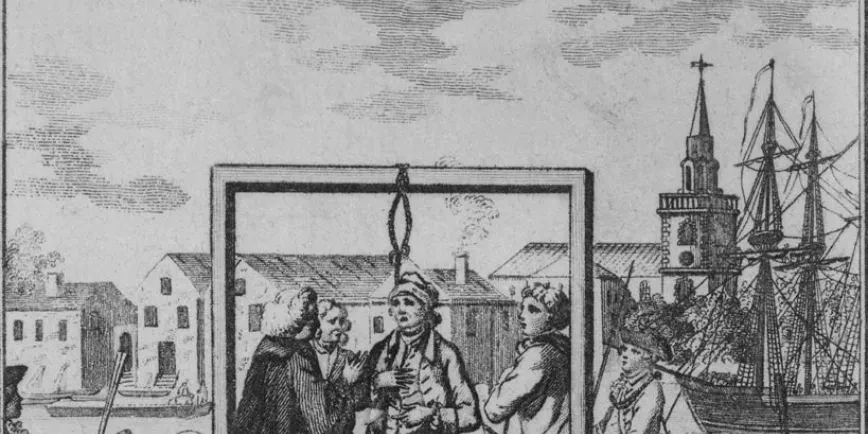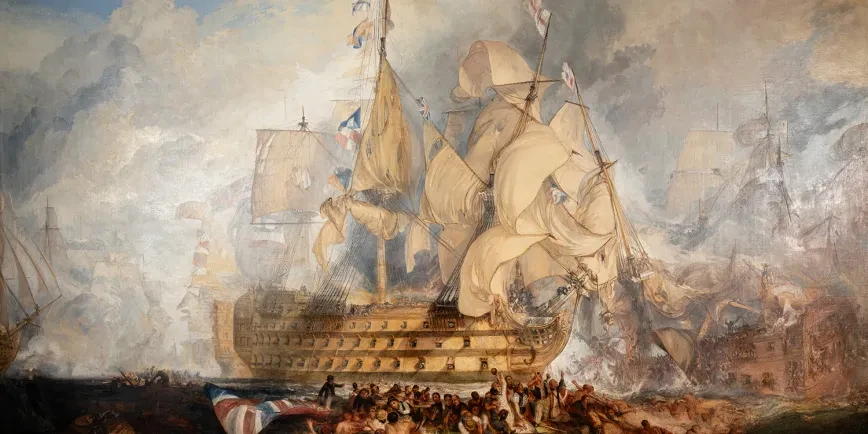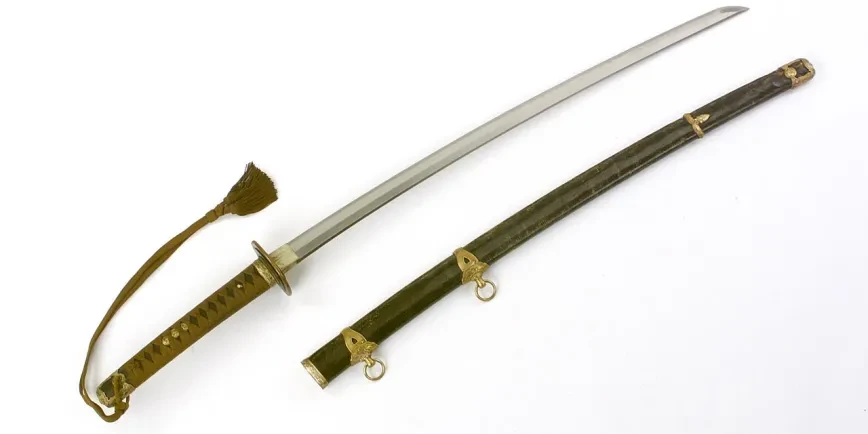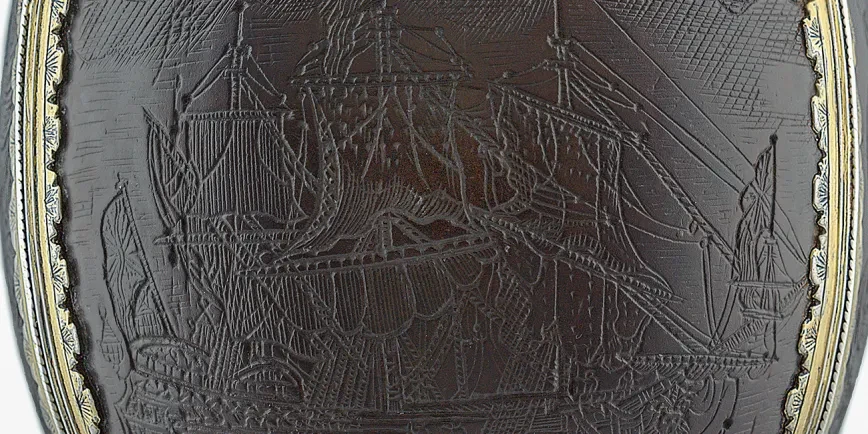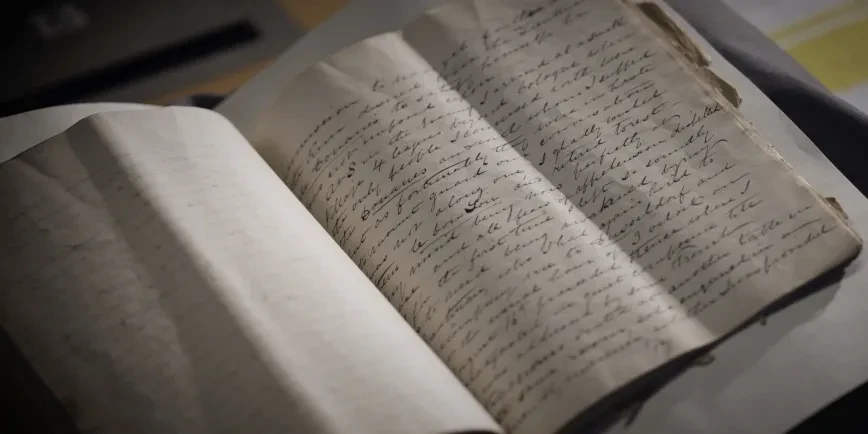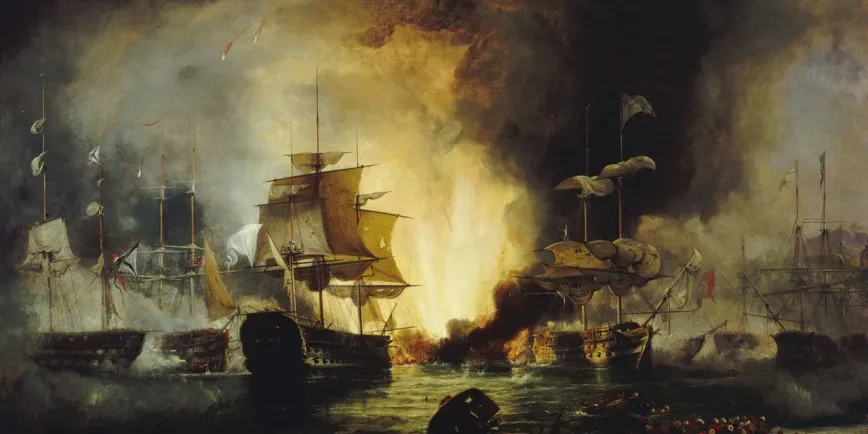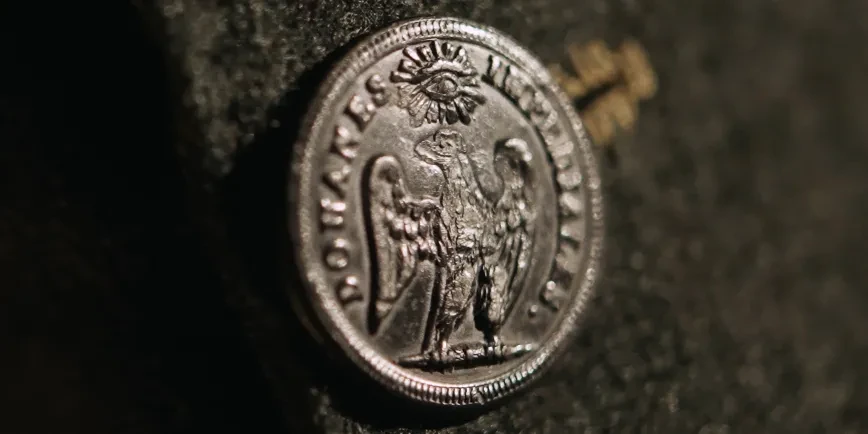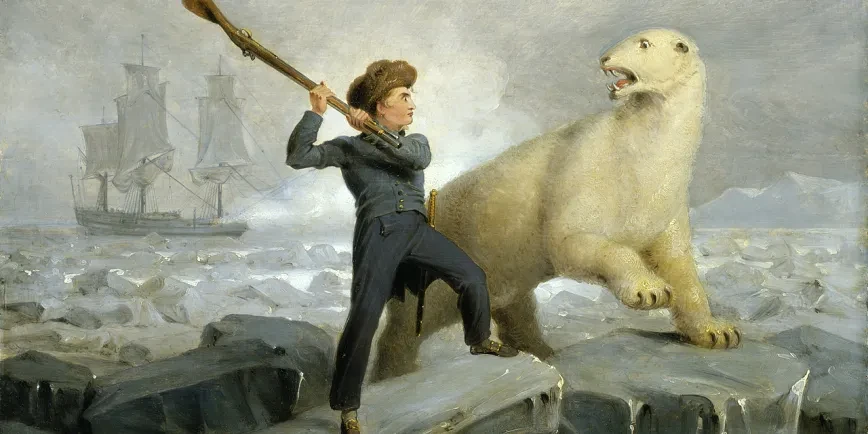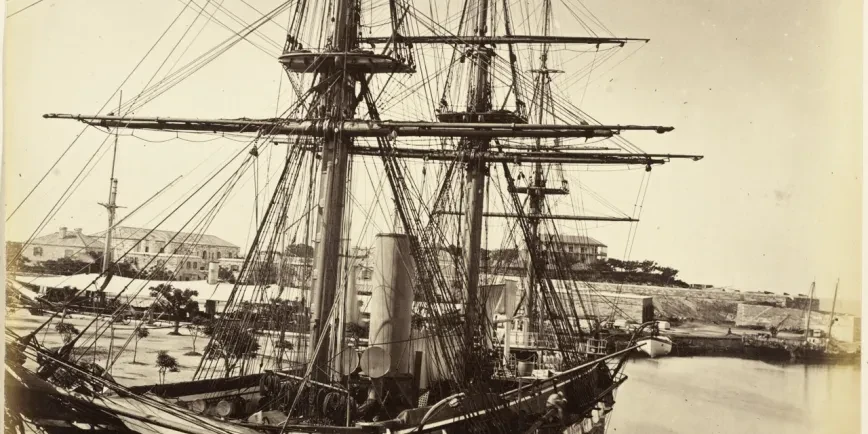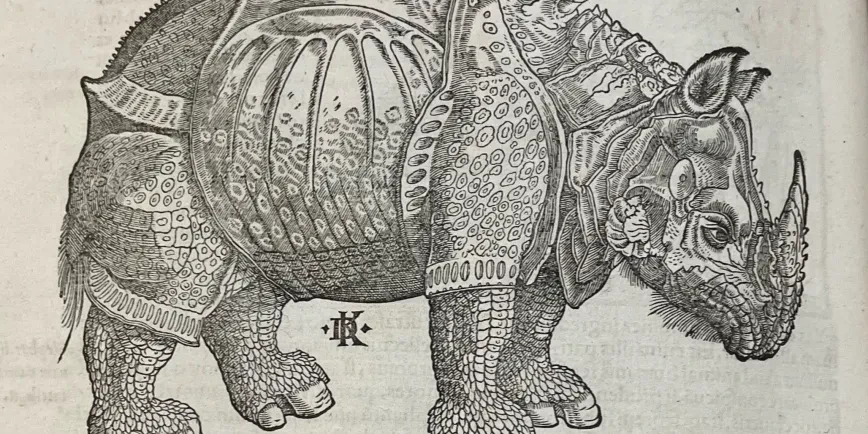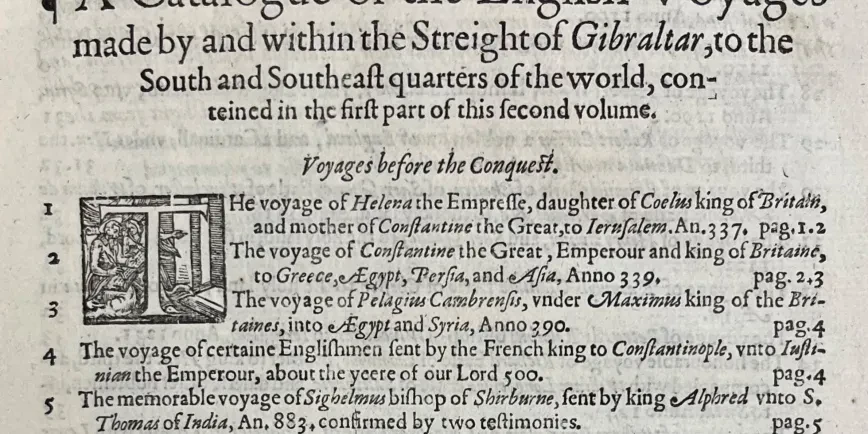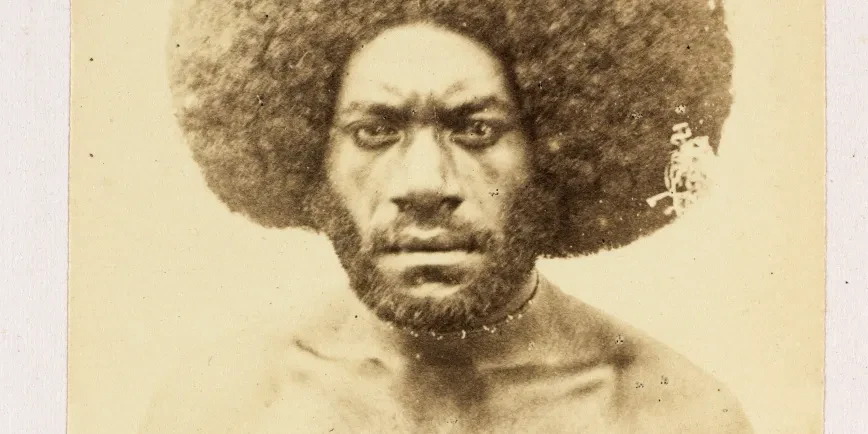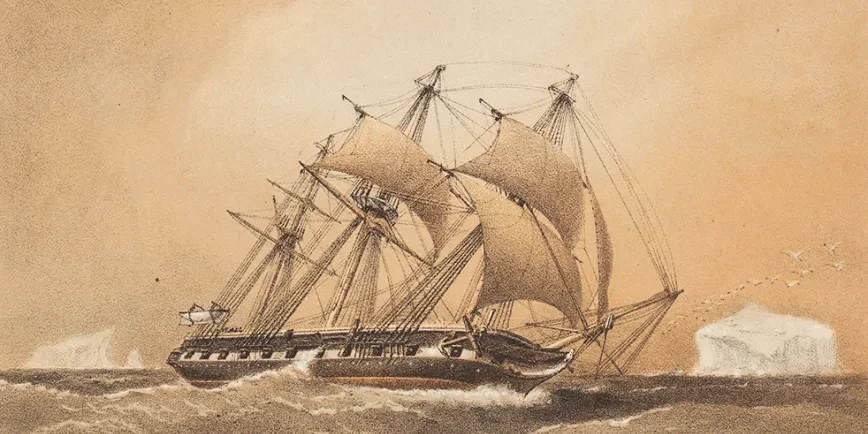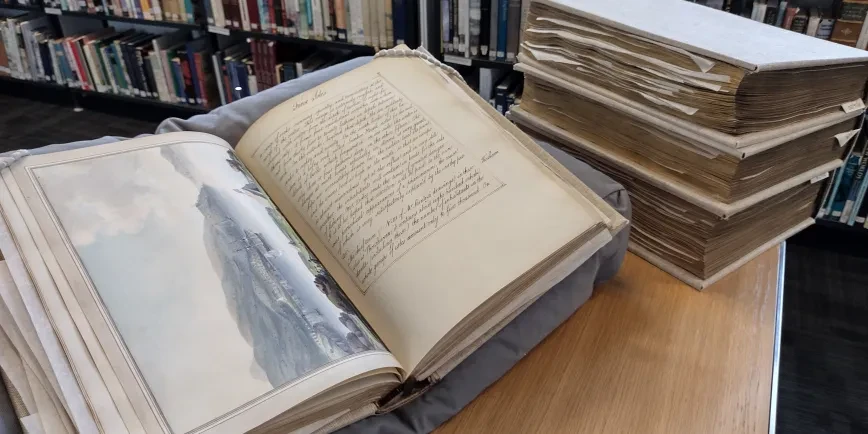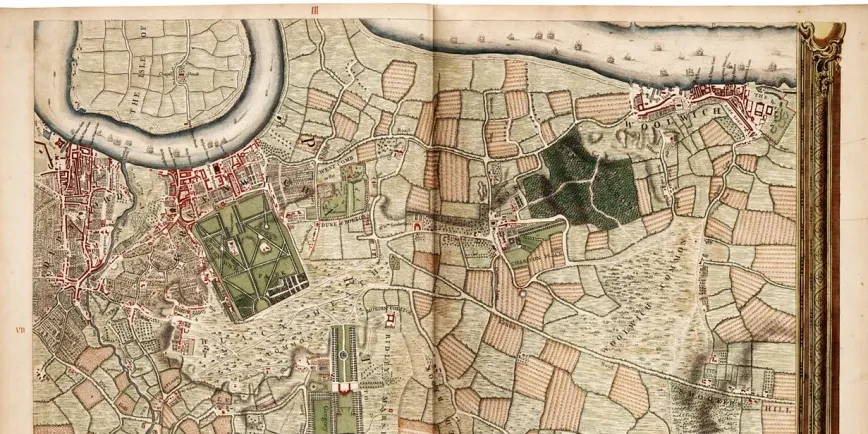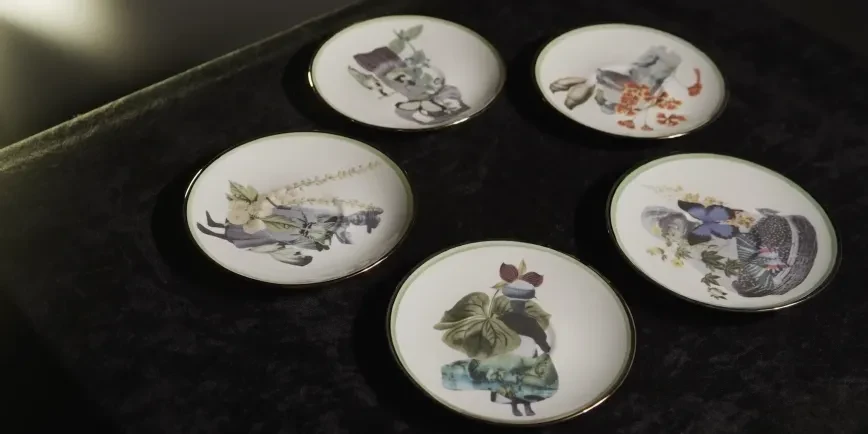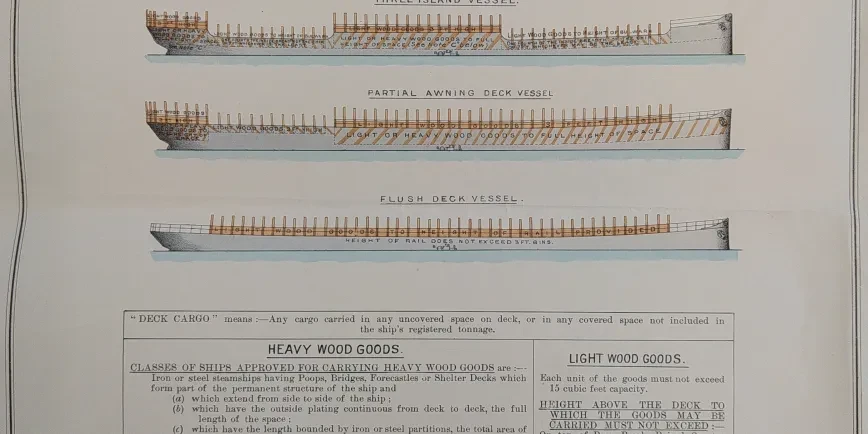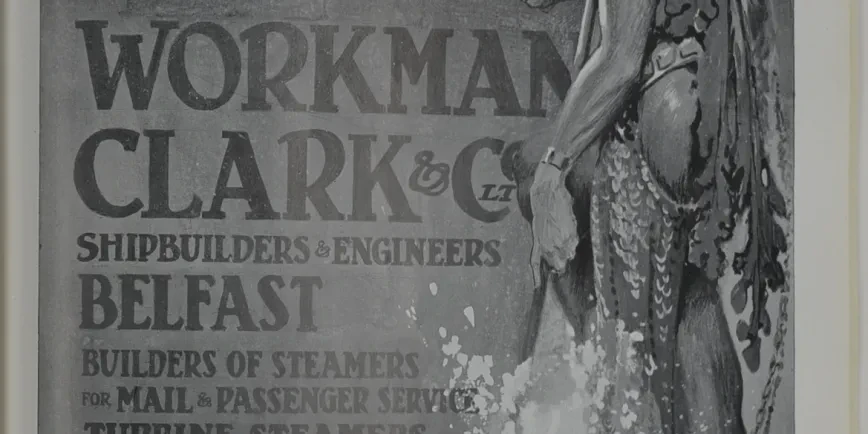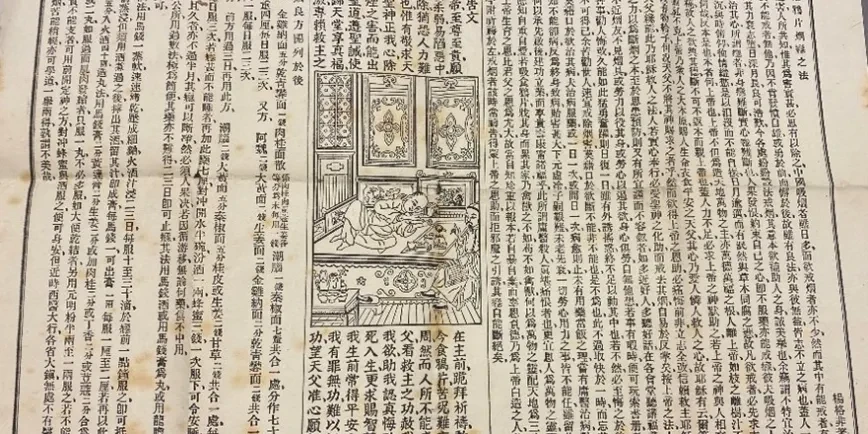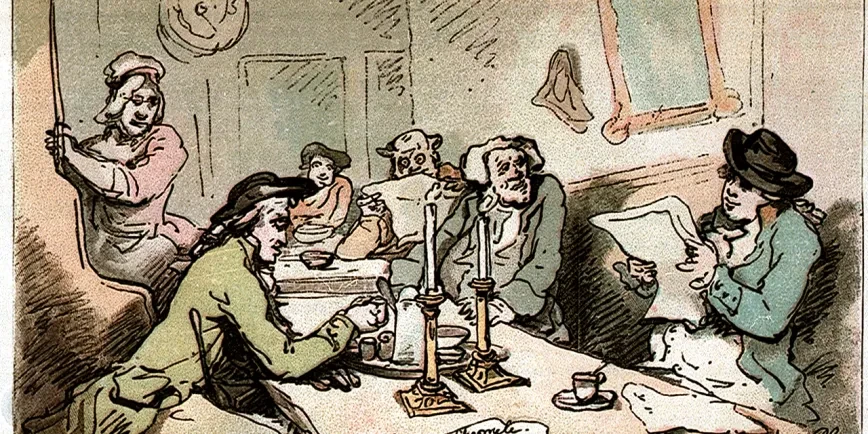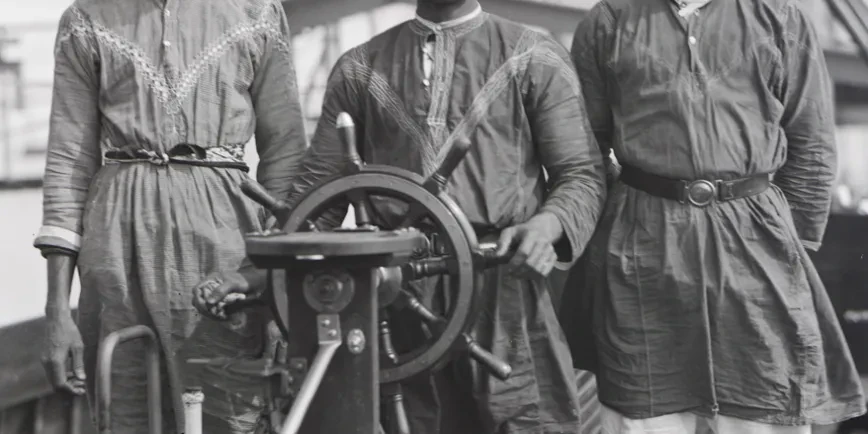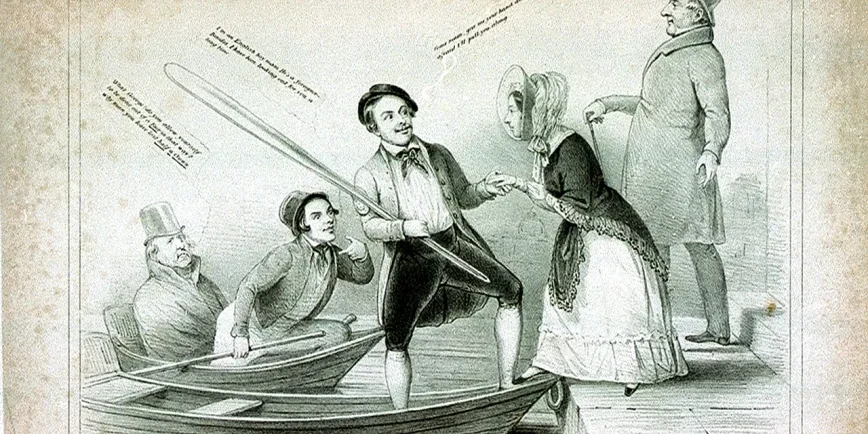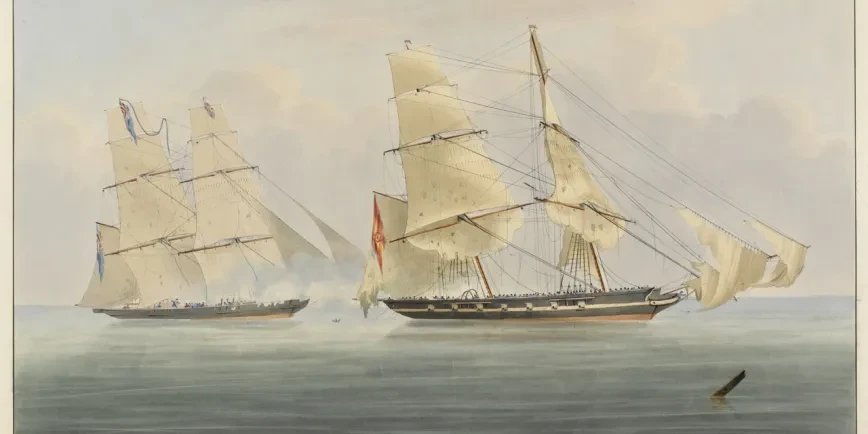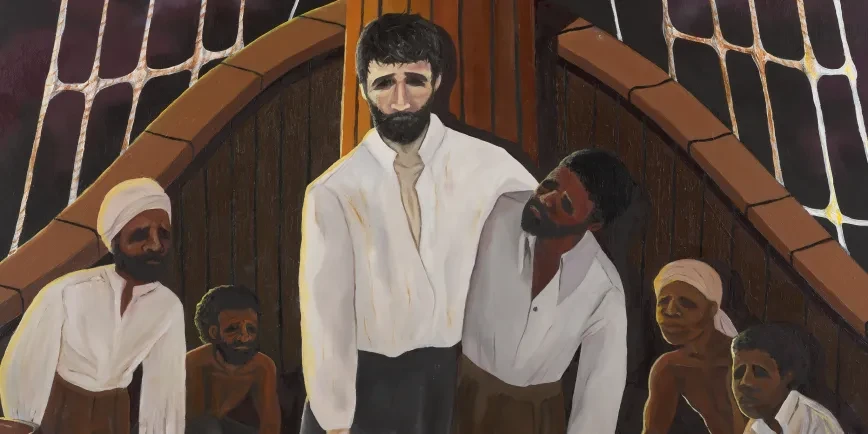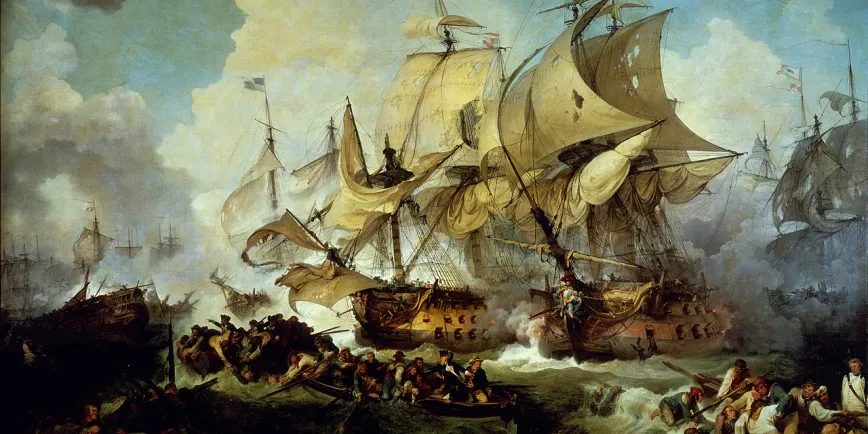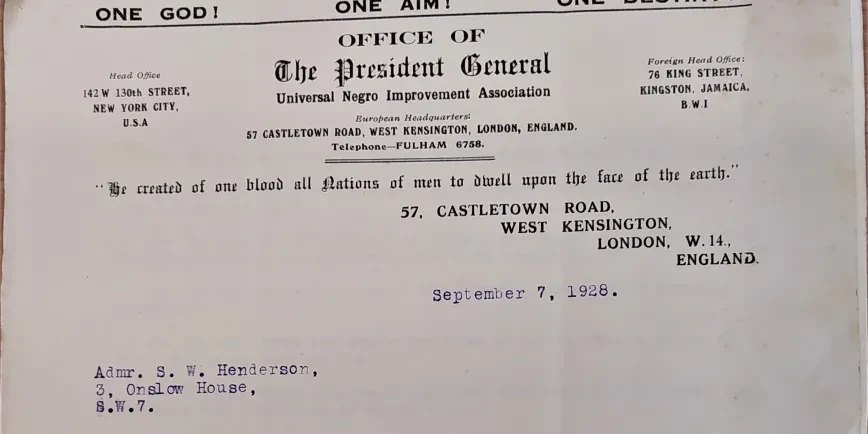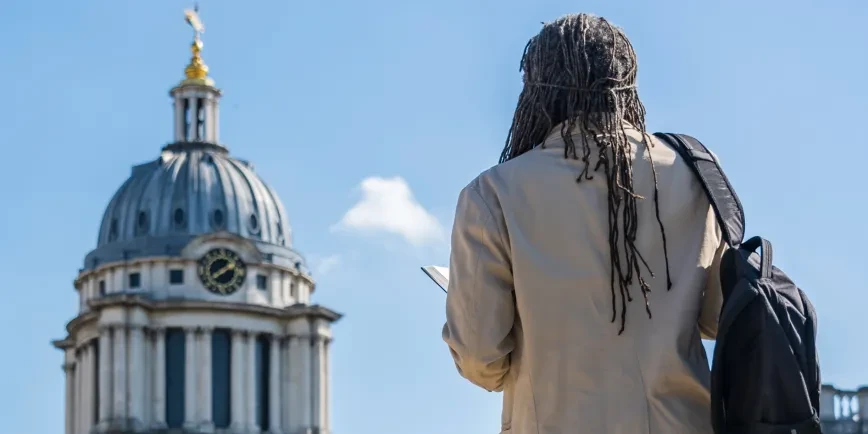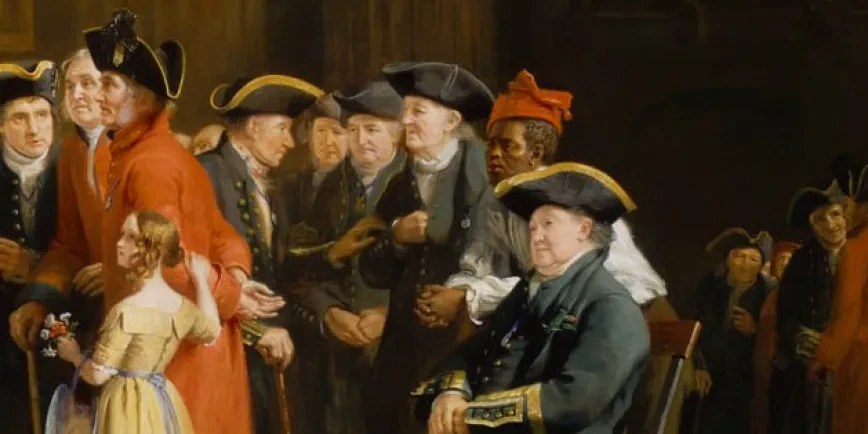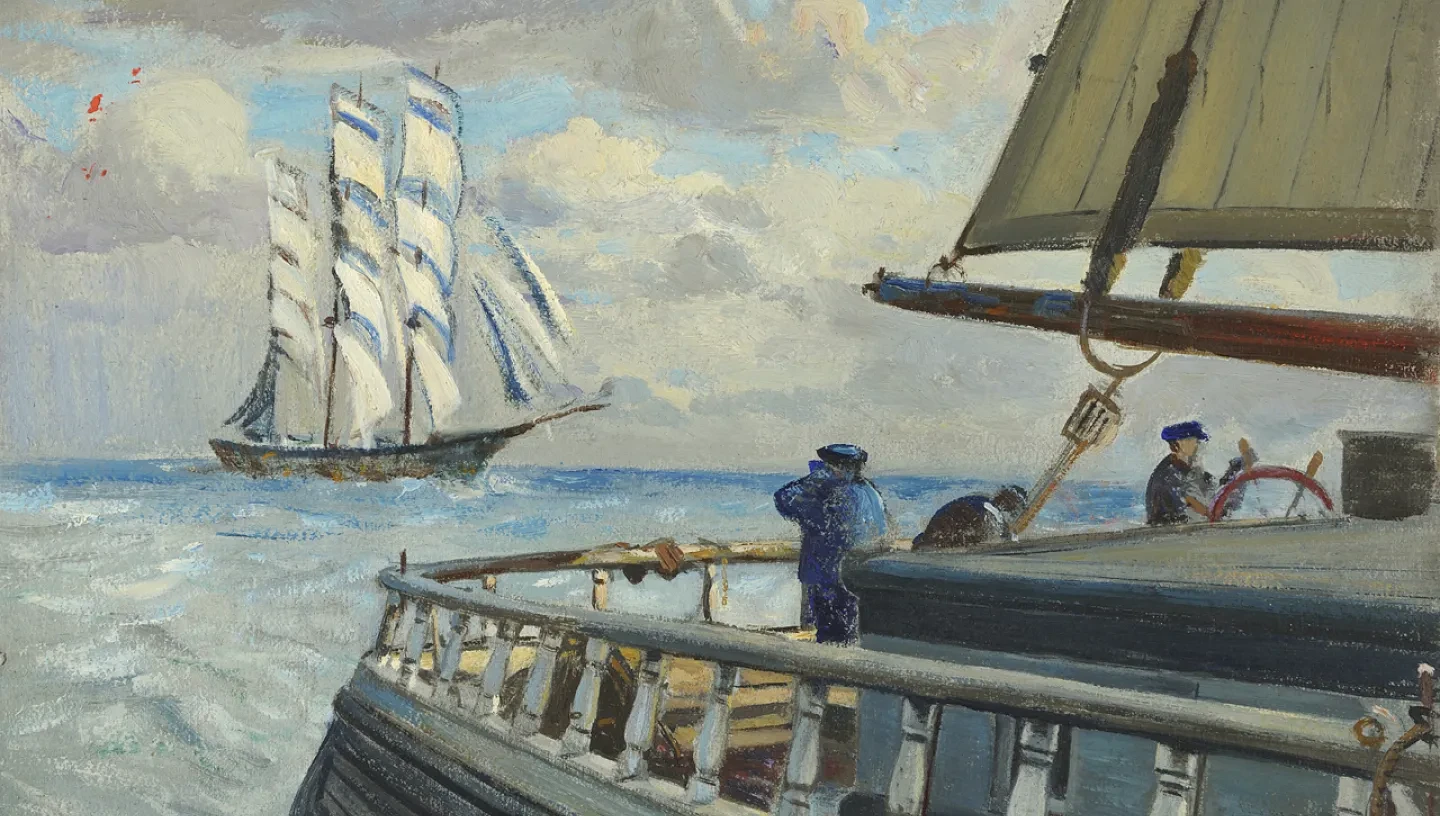
Welfare


Unfit for service: healthcare and welfare in Nelson's Navy
Hidden in the seemingly mundane bureaucratic letters of the Royal Navy lie some fascinating insights into the role of the British state in providing healthcare and welfare to ill and injured seamen.
Pirates


Who was Blackbeard?
Blackbeard is one of the most infamous pirates who ever lived, but can we separate the facts from the myth?
Life at sea


The pirate hunter's cup
What does a carved coconut shell have to do with one of the most deadly pirates in history?
Want more stories like these?
Sign up to our newsletter to get stories, news and events from the Royal Museums Greenwich delivered straight to your inbox.
Watch
Discover the true story of Charles Hare, the 19th-century midshipman who used a French officer's uniform to pull off a daring prison break. Watch the full series on YouTube.
This content is hosted by a third party
Please allow all cookies to watch the video.
Enslavement and resistance
The history of transatlantic slavery, and the resistance that brought an end to a cruel and violent system
Experience maritime history in Greenwich
Visit historic ship Cutty Sark, discover intriguing exhibitions at the National Maritime Museum, and find books about maritime history in our online shop

Step aboard the historic sailing ship, the fastest of its time

Travel the world in the National Maritime Museum's free galleries, exploring everywhere from the icy Arctic to the islands of the Pacific

Explore the myth, discover the truth: last chance to see Pirates at the National Maritime Museum!

Shop
£12.99
Published to coincide with a major new exhibition at the National Maritime Museum, Greenwich, Buried Treasure lifts the lid or ‘blows the gaff’ on pirate lore and sayings, setting the record straight on the lives and ways of pirates, and revealing the meanings behind and uses of common maritime sayings...

Shop
£10.00
Published to coincide with the 250th anniversary of Turner’s birth, J.M.W. Turner’s ‘The Battle of Trafalgar’: Commemoration and Controversy explores the history of the artist’s largest painting and his only royal commission...

Shop
£35.00 £25.00
This beautifully illustrated hardback publication is full of unique and intriguing maps and globes, both Earthly and celestial, from the collection of Royal Museums Greenwich...
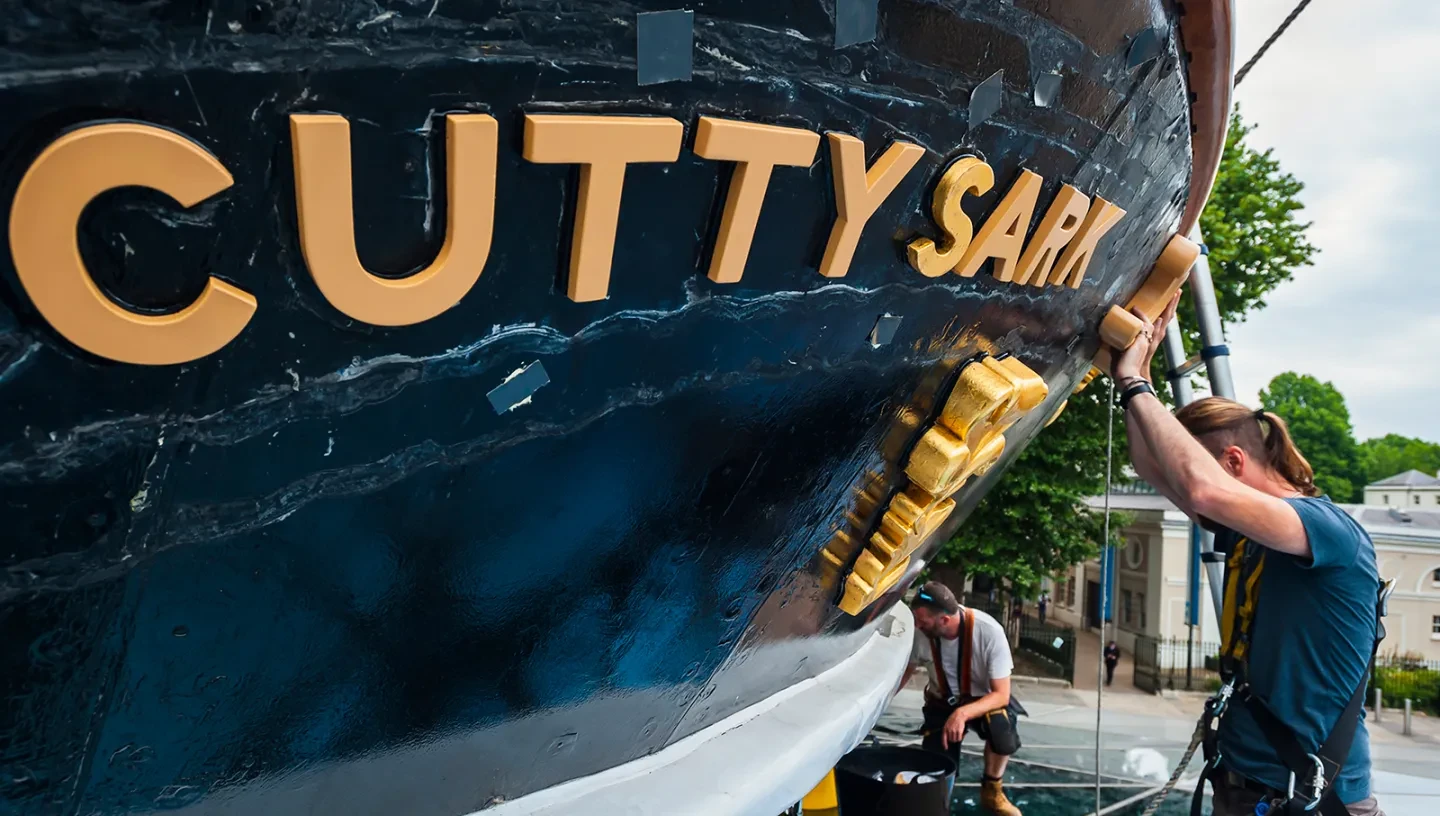
Help preserve our past
Royal Museums Greenwich is a charity, and we rely on your support to care for our collections and help everyone appreciate the history of the sea. Donate today and help shape the Museum's future.

